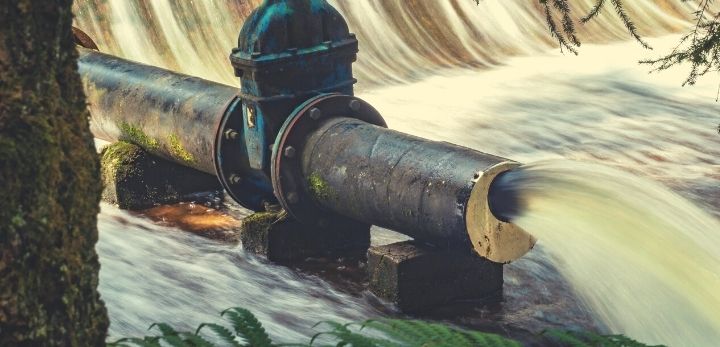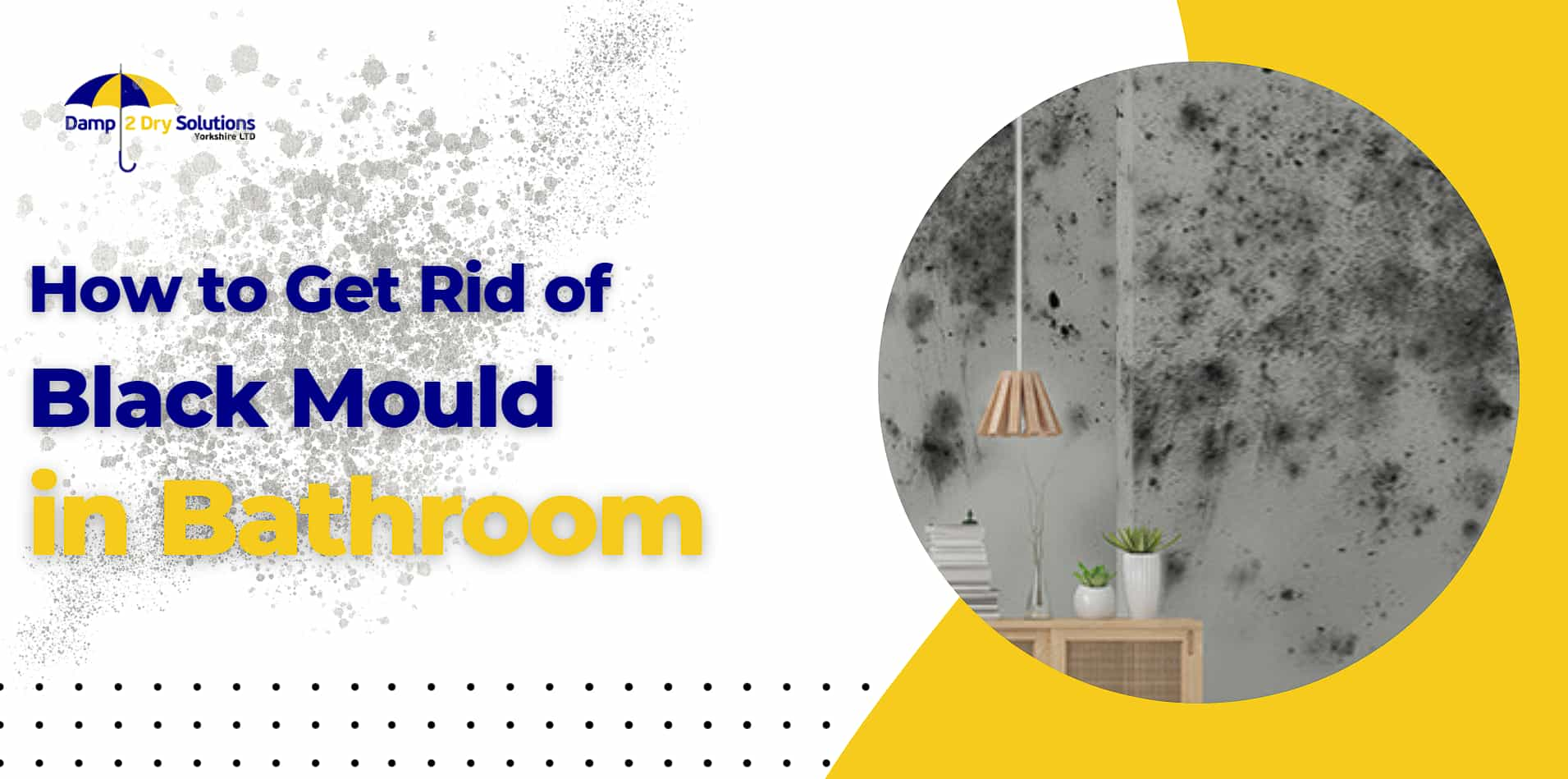Do you need to build a French drain? Wondering what is it exactly? Are you curious to know exactly how these work? Then, you are in the right place, buddy! In this article, I have jotted down the most asked questions about French drain, preventing damp and keeping surface water away from your home. Give it a read!
What is a French drain?
A French drain is a type of drainage system used to remove excess water from an area. It consists of a trench filled with gravel or rocks and a perforated pipe that carries water away to a designated discharge point. French drains are often used to alleviate soil erosion, prevent flooding, and protect foundations. They are named after the French agricultural engineer who developed the system in the 19th century.
Why is it called a French drain?
It is called a French drain because it was developed by a French agricultural engineer named Henry Flagg French in the mid-19th century. French wrote a book on farm drainage in which he described his method for creating a drain by digging a trench and filling it with gravel or small stones.
The idea behind the French drain was to use gravity to draw excess water away from an area and prevent soil erosion and flooding. The name stuck and the drainage system has been known as a French drain ever since.
The word “French” may also have been used derogatorily against pioneers of this type of work because many cultures had been experimenting with such drainage systems for centuries (e.g., the ancient Egyptians) before they did so; however, such suppositions are often up for debate as a lack of evidence in foreign languages documents fails to confirm these speculations.
What is French drain in simple words?
It is a trench that is filled with aggregate to subsoil directly. This also drains the extra water away from your property, especially when you stay in an area where it often floods or the surface water flows. You don’t need any specialist equipment or tools to install a French drain. This benefit makes it a comparably simple and cost-effective way of draining your property.
Generally, civil professionals suggest people install a French drain near the building edge. By the way, you should always go for a piece of expert advice before installing a French drain because it is very important to ensure that you are avoiding any cables, pipes, and other installations.
Is installing French drain mandatory?
If you want to relieve the build-up of water against the walls of your property, then, you definitely need to install a French drain. If there is surface water left within your property and not drained away, your house can be damped internally. It may cause the decaying of brickwork and lead the mortar joints towards crumbling. Having a French drain is a notable privilege for an older property.
Things to consider while planning a French drain
Water usually finds its way to the bottom point of your landscape. So, you must install a French drain at a low point at the damaged area to let it drain the surface water away into a storm drain. Still, you should never try to replace your existing surface water drains with a new French drain.
Here we have curated a list of factors to consider when planning a French drain:
- Location: The drain should be placed in an area where excess water tends to accumulate.
- Trench depth: The trench should be deep enough to allow the water to flow freely, but not so deep that it is difficult to dig.
- Trench width: The trench should be wide enough to accommodate the perforated pipe and the gravel or rocks that will fill it.
- Pipe material: Perforated pipes are typically made of plastic or metal and are designed to allow water to flow through them while blocking debris.
- Gravel or rock size: The size of the gravel or rocks used in the trench should be chosen based on the size of the drain and the type of soil in the area.
- Discharge point: The drain should be directed towards a designated discharge point, such as a dry well or a natural waterway, to prevent flooding.
- Permitting: Check with local authorities to see if a permit is required to install a French drain on your property.
Ways to build a French drain
There are several ways to build a French drain, but the most common method to build a French drain involves the following steps:
- Determine the location of the drain and mark the area with spray paint or flags.
- Excavate a trench that is 6-12 inches wide and 6-18 inches deep, depending on the size of the drain and the type of soil in the area.
- Lay a perforated pipe along the bottom of the trench.
- Cover the pipe with a layer of filter fabric to prevent debris from entering the drain.
- Fill the trench with gravel or small stones to a level that is 2-3 inches below the ground surface.
- Cover the gravel with a layer of soil to blend the drain into the surrounding landscape.
- Direct the water towards the discharge point, such as a dry well or a natural waterway, to prevent flooding.
- Backfill the area around the drain with soil to secure the pipe and gravel in place.
The French drain of your house should end at the bottom point of the trench. Then only the water can flow away from the water-logged portions. You need to make it long enough to direct the water into a drier portion so that they can remove the water completely.
The best areas to consider to end the French drain are a grave pit, dry well, soakaway system, and an existing gutter.
How to install a French drain?
You can build a French drain in two ways. The traditional way for building one engages aggregate within the trench to let the water drain away spontaneously through the aggregate to an appropriate zone of your property. The modern method says to install the French drain including a landscape fabric., aggregate, and a perforated pipe.
Perforated pipe and aggregate make the drain of your house less probable for blocking up with sediment. It allows the free-flowing of the water through the pipe towards the end of the drain.
The utilization of pipe ensures proper maintenance of the drain with a drainage outlet and inspection ports to continue the life of the French drain.
Now, let’s talk about the steps to install a French drain. With perforated pipe.
1. At first, decide where do you want to drain off the excess water.
2. Work out where should be the route for your trench. Don’t let the route face any obstructions like pipes, trees, and cables. Mark out the planned route with a line marker spray.
3. Plan out where the waste soil should go. You can use it as an added feature of your garden or let it taken away.
4. Get a clear idea about the foundation of your property. Make sure that the drain doesn’t become deeper than the foundation of the building.
5. Check the width of the drain now. It will be perfect to get to a width of 200-300 mm. Still, it is dependant on how much water is needed to be drained.
6. Dig your trench by hand or take the help of a mini digger. The sides of the trench need to be sloped away from your property and make sure that it is not less than a 45-degree angle. These two thighs will make the surrounding ground stable.
7. You need to ensure that the trench slopes are not less than a 1% gradient. If the trench doesn’t slope the water, it won’t be able to flow. This will result in just sitting and stagnating within the building.
On a final note
I will strongly recommend you for seeking advice from civil professionals before you install a French drain in your building. As you need to dig close to the property foundation to install the drain, you must get a site visit from damp specialists to ensure that the foundations of your and your neighboring buildings don’t get affected because of that installation.
Delivering damp proofing services to Rotherham, Cheshire, South Yorkshire, and West Yorkshire from our head office in Huddersfield.






